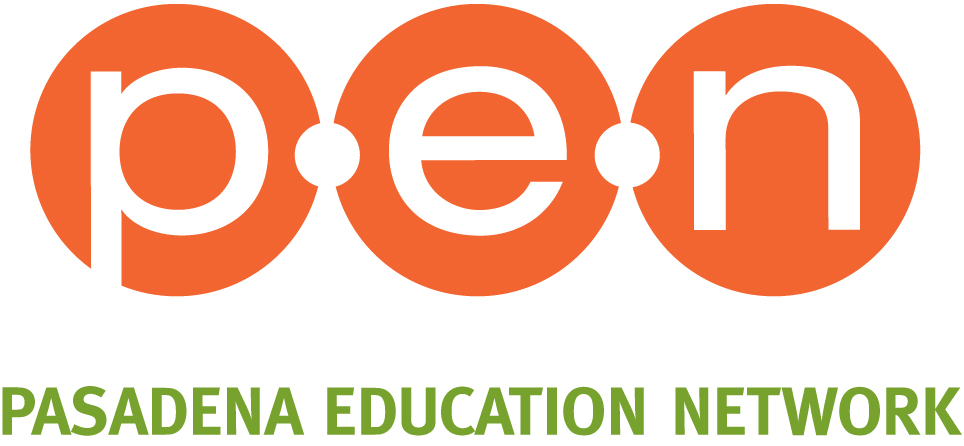Collaborative Leadership
Although first offered in 2012, we believe the concepts presented are still relevant. The workshop introduces cross-cultural leadership concepts and skills, and presents a collaborative leadership model developed by facilitator Diane Burbie.
Ms. Burbie and Monicka Guevara began with a review of the cross-cultural leadership concepts and skills including the importance of approaching each cross-cultural interaction with awareness, skill, and confidence; the seven key elements of cultural competence that leaders need to be effective; and the need for leaders to be aware of individuals’ differing expectations and levels of trust, in order to build and maintain the trust necessary for a group to accomplish its work. Ms. Burbie also reviewed the use of coping strategies, clarifying questions, and recovery steps.
Ms. Burbie then introduced a Collaborative Leadership Model that rests on three pillars:
- Expertise – Each leader brings particular skills and expertise that are valuable to the group. Communicating and demonstrating your abilities is not boasting, but rather good information that can help your group make good use of your time and efforts.
- Awareness – Having a high level of awareness about the talents that others bring to the group is essential. Understanding not only their abilities, but also the value of their roles allows you to help increase the level of trust, comfort, and credibility others are willing to extend to that leader. The ability to offer this endorsement is one of the most valuable tools in conflict resolution and building higher levels of cooperation.
- Critical Feedback and Insights – Leaders and group members are strengthened by a culture wherein critical feedback and insights can be offered or sought out without creating adversarial relationships. Human beings have the capacity to receive and accept even very critical feedback, provided it comes from someone who has their best interests at heart.
After practicing the first two skills in small groups, Ms. Burbie led an exercise designed to help participants develop the awareness and skills to keep people engaged in important conversations/discussions that deal with difficult issues. How people are treated in such conversations may have more influence on the outcome than the content of the discussion itself.
The 2012 PAL Handout includes both the review of last year’s concepts and skills, and the “Collaborative Leadership model” and “Perspectives” exercises from this year’s workshop.
During the afternoon, participants received a summary of their school’s goals, also known as the “Tier III Summary Narrative” from their school site’s Single Plan for Student Achievement, or School Site Plan. This is the document the School Site Council uses to set annual targets for achieving school-wide academic proficiency, and to monitor progress towards meeting those targets through the year. There are five set areas of focus: math; English language arts; Closing the gap among sub-groups; parent and community involvement; and Safe & orderly school environment. Schools are also asked to choose a school-specific focus area.
School teams focused on one or two targets that parents could support, and developed one or two specific actions that the team, working collectively with parent leaders and educators at their school site, could implement in the coming months. We talked about making sure that every “stakeholder” – parents, teachers, staff, students, community partners – is aware of what areas the school is working to improve, what targets have been set, what strategies put in place, and (most important), what role each stakeholder can play in helping the school to achieve its goals. While the School Site Council is the designated forum for this discussion, the more aware everyone is and the stronger connection people can make between what they are doing and how the school and its students are doing, the more likely the targets are to be reached.
